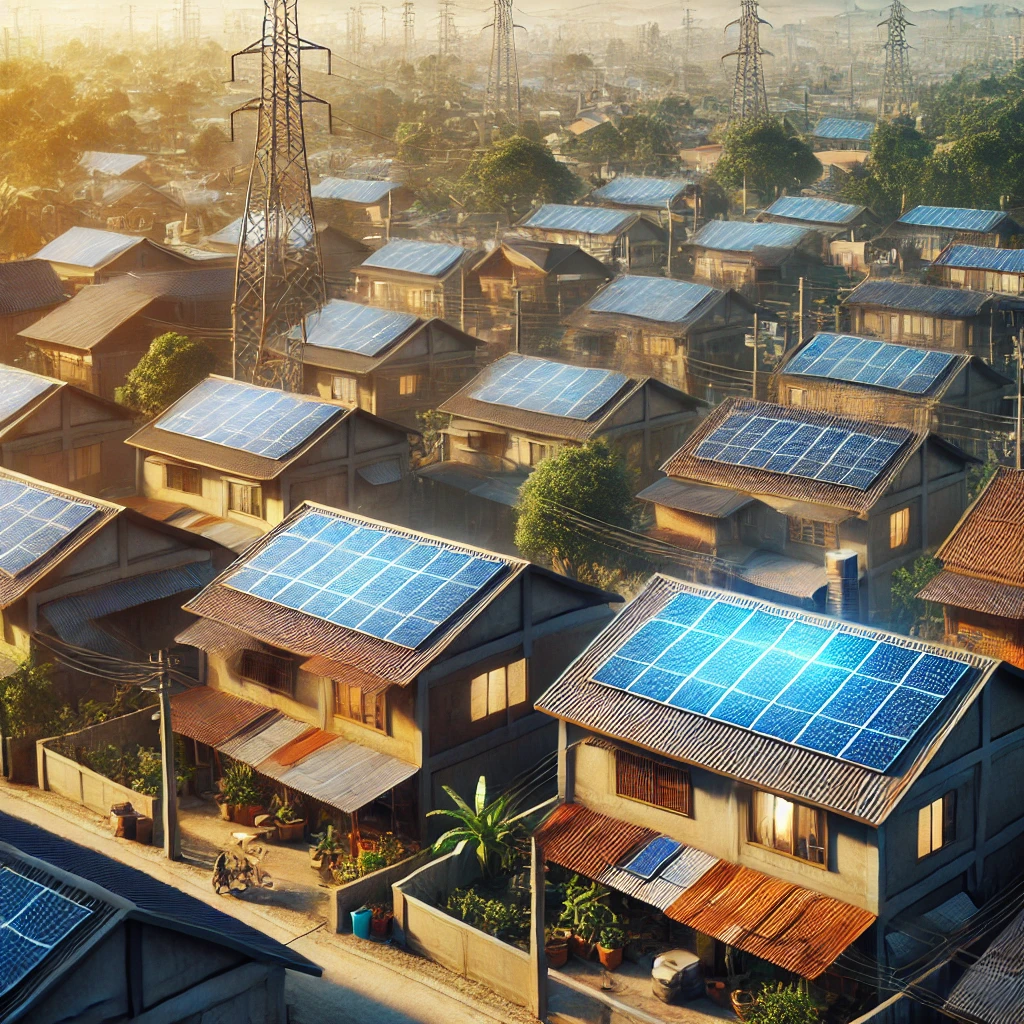Expanding Solar Energy Access for Disadvantaged Communities

In a significant step toward sustainable development, the U.S. Department of Energy (DOE) has recently expanded its programs to increase access to solar energy for disadvantaged communities. Solar energy represents a cornerstone of the renewable energy sector, offering a plethora of benefits, including reducing energy bills, decreasing carbon footprints, and promoting economic growth. However, access to this transformative technology has not been evenly distributed. The DOE’s initiatives aim to bridge this gap, ensuring that all communities can take part in the solar revolution.
The Need for Enhanced Access to Solar Energy
Disadvantaged communities often face numerous hurdles when it comes to accessing clean and affordable energy. These challenges can include:
- High upfront costs: The initial investment required for solar panel installation can be prohibitive.
- Lack of awareness and information: Many communities are unaware of the benefits and incentives associated with solar energy.
- Limited financing options: Access to loans and grants can be scarce or non-existent.
- Inadequate infrastructure: Structural issues in homes and local power grids may pose additional barriers.
DOE’s Expanded Programs: An Overview
The DOE’s new programs are poised to tackle these challenges head-on by providing comprehensive support to disadvantaged communities. Key among these initiatives are:
1. Solar for All: Funding and Support
The Solar for All program is designed to make solar energy more affordable and accessible. This initiative focuses on:
- Providing grants: Financial assistance to cover the cost of solar panel installation.
- Offering low-interest loans: Making it easier for households to finance their transition to solar energy.
- Ensuring technical assistance: Support for overcoming technical and bureaucratic challenges in solar projects.
2. Community Solar Projects
Community solar projects aim to provide a shared source of solar energy for a group of residents, making it possible for people to benefit from solar power even if they cannot install panels on their own property. This program includes:
- Resource pooling: Communities can combine resources to create a communal solar installation.
- Subscription models: Residents can subscribe to the community solar project and receive credits on their electricity bills.
3. Education and Outreach
Raising awareness about solar energy and its benefits is crucial. The DOE is intensifying its efforts in this area through:
- Workshops and training: Educational programs to inform communities about solar technology, installation processes, and available incentives.
- Partnering with local organizations: Collaborations with community groups to spread information and provide hands-on assistance.
Case Studies: Impact of DOE Programs
To better understand the transformative power of these initiatives, let’s examine some case studies:
Case Study 1: Empowering a Rural Community
A rural community in the Midwest received a grant from the Solar for All program, allowing them to install solar panels on several public buildings. The result was a significant reduction in energy costs, which freed up funds for other essential services, such as education and healthcare.
Case Study 2: Urban Housing Project Transformation
In an urban setting, a community solar project was established in an affordable housing complex. The collective effort led to substantial savings on energy bills for all residents. The project also created job opportunities in solar installation and maintenance for local workers.
The Road Ahead: Challenges and Opportunities
While the DOE’s expanded programs are a positive step forward, several challenges remain:
- Ensuring long-term sustainability: Programs must be designed to ensure they continue to benefit communities over the long term.
- Overcoming local regulatory hurdles: Policies and regulations vary by region, and navigating them can be complex.
- Scaling up successful models: Successful projects need to be replicated and scaled up to maximize impact.
Despite these challenges, the opportunity to transform energy access in disadvantaged communities is immense. With continued support and innovation, solar energy can become a cornerstone of sustainable development.
Conclusion: A Bright Future with Solar Energy
The DOE’s commitment to expanding solar energy access in disadvantaged communities signals a significant shift towards equity and sustainability in the energy sector. By addressing the barriers that have historically hindered solar adoption, these programs are not only reducing energy costs and carbon emissions but also fostering socioeconomic development. As we look to the future, the continued expansion and success of these initiatives hold the promise of a more inclusive and sustainable energy landscape for all.
